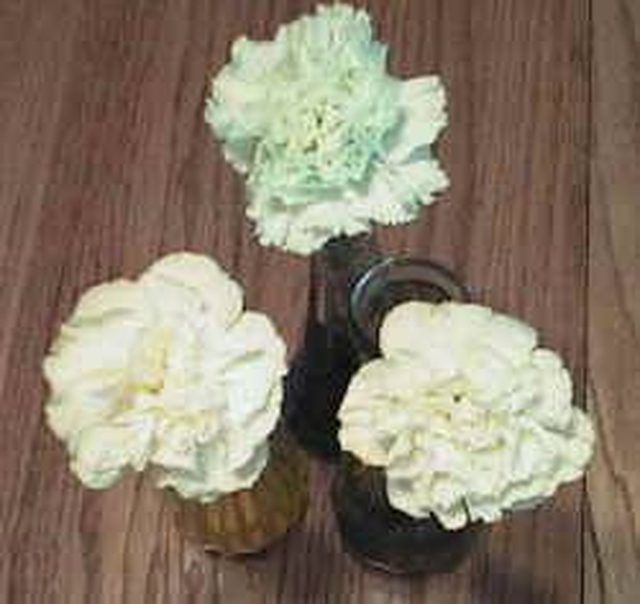Bulbs
Flower Basics
Flower Beds & Specialty Gardens
Flower Garden
Garden Furniture
Garden Gnomes
Garden Seeds
Garden Sheds
Garden Statues
Garden Tools & Supplies
Gardening Basics
Green & Organic
Groundcovers & Vines
Growing Annuals
Growing Basil
Growing Beans
Growing Berries
Growing Blueberries
Growing Cactus
Growing Corn
Growing Cotton
Growing Edibles
Growing Flowers
Growing Garlic
Growing Grapes
Growing Grass
Growing Herbs
Growing Jasmine
Growing Mint
Growing Mushrooms
Orchids
Growing Peanuts
Growing Perennials
Growing Plants
Growing Rosemary
Growing Roses
Growing Strawberries
Growing Sunflowers
Growing Thyme
Growing Tomatoes
Growing Tulips
Growing Vegetables
Herb Basics
Herb Garden
Indoor Growing
Landscaping Basics
Landscaping Patios
Landscaping Plants
Landscaping Shrubs
Landscaping Trees
Landscaping Walks & Pathways
Lawn Basics
Lawn Maintenance
Lawn Mowers
Lawn Ornaments
Lawn Planting
Lawn Tools
Outdoor Growing
Overall Landscape Planning
Pests, Weeds & Problems
Plant Basics
Rock Garden
Rose Garden
Shrubs
Soil
Specialty Gardens
Trees
Vegetable Garden
Yard Maintenance
How Do Cut Flowers Drink Water?
How Do Cut Flowers Drink Water?. Flowers that are planted in the ground have roots. Those roots absorb water from the soil. The water travels through the roots and up the stem to the leaves. The leaves gather sunlight and use the sunlight and water to make food. This process for making food using water, carbon dioxide (found in air) and sunlight is...

Roots
Flowers that are planted in the ground have roots. Those roots absorb water from the soil. The water travels through the roots and up the stem to the leaves. The leaves gather sunlight and use the sunlight and water to make food. This process for making food using water, carbon dioxide (found in air) and sunlight is called photosynthesis.
Cut flowers do not have any roots. Therefore, the water moves up the stems and into the leaves.
Capillaries
Flowers do not "suck" water with their stems like a person drinking water with a straw. Instead, they use what is called capillary action. This means water molecules are attracted to a certain surface instead of to each other. These molecules will move along that surface because of that attraction instead of sticking to each other. Flowers contain capillaries, which are tiny tubes. The water moves along these tubes, up the stem and to the leaves. The "veins" of a leaf are capillaries.
Photosynthesis
The plant uses the water it drinks to make food in the form of carbohydrates. It does this by taking carbon-dioxide molecules out of the air, mixing it with the water molecules that have traveled through the capillaries and adding energy from the sun. The plant remixes the molecules from all three of these ingredients, ending up with carbohydrates, which it uses as food to grow new blooms and foliage. But after mixing its food, the plant has some leftover molecules it doesn't need. These are oxygen molecules, which the plant "throws away" by sending them back into the air. This is a good thing for mammals, which need oxygen to breathe.